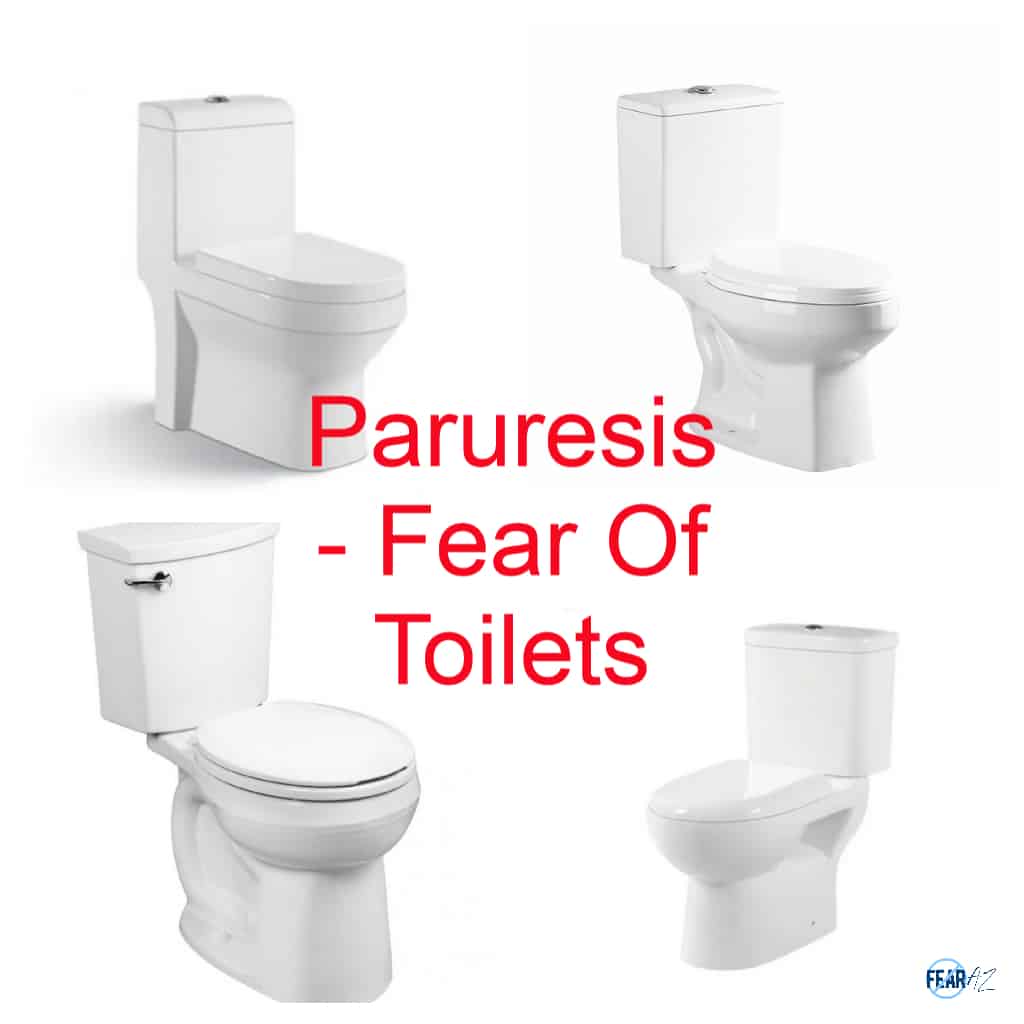Share This Article
Flushing the Fear of Toilets
The fear of going to the bathroom in public spaces due to the risk of germs and infections is something everyone experiences at some point. But have you ever experienced extreme panic at the thought of using a toilet in a public space? What about experiencing a shy bladder that makes it impossible for you to use a public restroom?
If you nodded in agreement to the questions above, you may be dealing with paruresis, or the fear of using the toilet in a public space.
This discomfort or disdain at the thought of using a public restroom can seem like a normal reaction. However, when you go beyond a healthy fear of germs to feeling anxiety and panic about having to use public restrooms, it turns into a phobia.
But don’t worry; you’re not alone in dealing with this fear. In fact, paruresis, commonly known as shy bladder, is so common that it impacts around 20 million people in the United States alone.
So, to help you along your journey to overcome this fear, let’s explore more about paruresis including its causes, symptoms, and the various paruresis treatment options available.
What Is Paruresis All About?
Being cautious of dirty public toilets that can spread germs and disease is a good thing. But paruresis goes beyond this rational concern. If you’ve experienced a shy bladder or extreme anxiety where you find it impossible to use a public restroom, you may have wondered what your fear is all about.
Paruresis is a type of social anxiety disorder. It is characterized by the inability to use the bathroom when other people are nearby or go to a public restroom. As a result, people with paruresis find it nearly impossible to use restrooms in public places and may experience intense anxiety at the mere thought of it.
Is Paruresis a Phobia of Fear or Disgust?
Depending on the severity of the phobia, it can severely affect an individual’s overall lifestyle and well-being. Those with a fear of using a public restroom may avoid social situations, have difficulty working in an office, and may also struggle with travel.
Paruresis can make it difficult for individuals to urinate on demand for a random drug test. It may also damage the bladder’s muscles leading to urinary incontinence or cause a urinary tract infection (UTI). In extreme cases, the bladder can also burst if one does not urinate for long periods at a stretch.
Other names for paruresis include:
- Urophobia
- Psychogenic urinary retention
- Pee phobia
- Bashful bladder syndrome (BBS)
- Bashful kidneys
- Avoidant paruresis
Paruresis Causes
While there is no specific cause for paruresis, like many different kinds of phobias, there are often various contributing factors that result in this phobia.
Paruresis can develop as a result of post-traumatic stress disorder (PTSD), especially relating to an uncomfortable or traumatic experience involving a public restroom. This can be due to a sexual assault in a public restroom, physical violence, or even teasing or bullying experienced in a school washroom.
Individuals with general anxiety disorder (GAD), obsessive-compulsive disorder (OCD), panic disorder, or a history of mental illness may also be more prone to developing paruresis.

What Are the Symptoms of Paruresis?
Paruresis manifests in different ways in different people. Depending on the severity of the paruresis, you may experience various psychological or physical symptoms.
Psychological Symptoms
- Severe discomfort or anxiety at the thought of using a public restroom
- Needing running water or turning the faucet on to start urinating
- Avoiding drinking fluids just before leaving the house or while outside
- Reducing travel or avoiding social events
- Developing agoraphobia in extreme cases
- Panicking when it is necessary to use a public restroom
Physical Symptoms
- Cold sweats
- Hot flashes
- Dizziness
- Dry mouth
- Shivering or trembling
- Palpitations or a racing pulse
- Holding pee in for long hours
- Difficulty breathing or hyperventilating
- Inability to actually urinate even while on the toilet
Self-Help for Coping with Paruresis
Like a lot of anxiety-related phobias, the fear, disdain, or discomfort surrounding public washrooms that accompanies paruresis can be addressed with various self-help techniques.
Meditation and breathing exercises can significantly help to control anxiety and relax the urinary tract enough to facilitate urination even in public washrooms.
If your paruresis stems from trauma, you can try practicing self-affirmations to remind yourself that you are safe in a public washroom and that nobody will bother you.
If it is germs and infections that you are worried about, carrying sanitizer and toilet wipes is also an effective option.
Generally, self-help for paruresis involves doing things that make you feel more in control of the situation and allow you to be more comfortable with public restrooms.
Professional Help for Paruresis
Self-help is great for helping with anxiety, but it can only go so far. So, if your paruresis is so severe that it is debilitating and you’re wondering how to get over your fear of toilets, you may want to seek professional help from a doctor or licensed therapist.
Counseling or talk therapy can go a long way in helping address paruresis. Some other therapies that can help include:
- Cognitive behavioral therapy (CBT) helps change your thought patterns surrounding public toilets and challenges your negative perception of them.
- Acceptance and commitment therapy (ACT), which includes mindfulness, behavioral strategies, and acceptance, allows you to overcome negative feelings and anxieties associated with public toilets.
- Exposure therapy gradually increases the intensity and duration of your exposure to public toilets, so you can eventually become comfortable with the situation.
How to Avoid Paruresis Altogether?
Dealing with paruresis can get frustrating and exhausting. There is no one way to overcome the phobia, but you can avoid certain triggers.
Here are a few steps you can take:
- Make yourself familiar with the restroom in a public space, such as your workplace or your favorite restaurant or cafe.
- Have a particular stall that you always use to increase a sense of safety and familiarity, and make it feel like it’s “yours” so when you do have to use the restroom, it’s less anxiety-inducing.
- Carry sanitizer wipes in a small pouch that you can take to the restroom whenever you need to go.
- Ask a trusted friend or co-worker to accompany you on your toilet breaks if required.
Conclusion
Being hesitant to use an unfamiliar washroom is completely understandable, but in a severe case where it goes into paruresis territory, it may impact your everyday life. If you find yourself canceling or skipping plans because you don’t want to risk using a public restroom, it may affect your overall quality of life.
However, it doesn’t have to be that way. By understanding your problem, making accommodations for the same, and working to address it, you can overcome it successfully!



